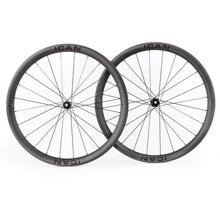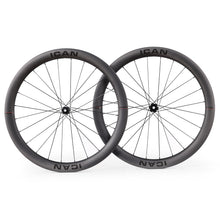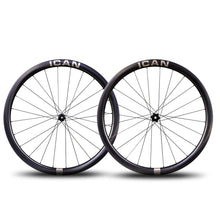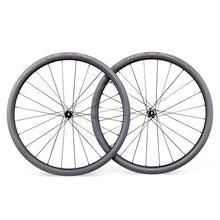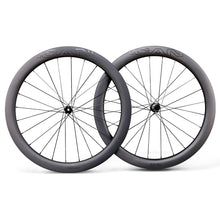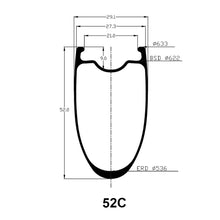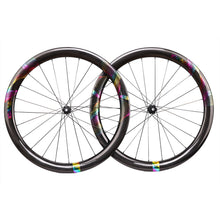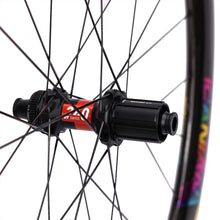News
How to Get the Right Seat Post for Your Bike?
Sometimes you need to get a new seat post. An old one may have cracked, it may have been stolen when you left the bike locked up, or you might just fancy something new. Going into your local bike shop or looking online can then offer you a bewildering range of choices. They might mostly look the same, but not all seat posts are built equal.

What is a seat post made from?
There are 3 materials that are principally used in the manufacture of road bike seat posts.
- Aluminum/alloy– Aluminum seat posts are cheap and easy to fit and look after, they have a big downside in that they are sometimes harsh to ride.
- Titanium – Titanium is lighter than aluminum and looks pretty bling. It is also more comfortable but can be pretty expensive.
- Carbon fiber – Carbon fiber posts will be the lightest and can have comfort engineered into their cloth layup. They can also be priceyand you will need to follow the manufacturer’s instructions when fitting.
What is the diameter I need?
One of the most common questions, when someone is buying a seat post, is “What diameter do I need?” There are a few common sizes, such 27.2 mm or 31.6 mm. That does not mean your bike will fit one of those sizes though. You’ll need to check your old seat post. It should have it written on it somewhere or check your manufacturer’s spec online.
The way to think of seat post diameter is around comfort. A 27.2 mm seatpost is thinner than a 31.6 mm seat post, and this will allow it to flex a little. The flex is what adds comfort. The thicker the seatpost, the less flex there is, this less comfortable a seat post is. The rule here is general, and the new breed of carbon seat posts are starting to change these rules.
What length do I need?

Seat posts come in a variety of lengths. Again you’ll need to check your old seat post. If it is missing and you know your saddle height you should be able to use some maths and work out the size of the post you need, by taking your frame size away from it. Remember and add some post length to reach a minimum insertion depth.
Layback or not?
Seat posts will either be an inline post or a layback post. These terms refer to the position of the center of the rail cradle to the center of the seat post. A layback post will be set back a small distance from the center of the post, and an inline post will have its cradle centered over the post.
The further back your layback position is the further from the bars you’ll be, essentially you’ll be stretching yourself out. An inline post will bring you closer and is used if you find the layback post too far back for efficient pedaling.
You may also want to use an inline post for time trialing as it’ll help your aero position. An inline post will be harsher than a layback post as there is less material to flex and bring you comfort.
How do I attach my saddle?
Seat posts will generally have a cradle in which to lock your saddle in place. You will lock the saddle once you have set it in the position and angle that you are after. Most seat posts will have either a single or double bolt setup in order to do this.
The majority of companies favor a variation of the double bolt system. Two bolts allow the load to spread and they also mean you shouldn’t have accidental slippage on rough roads.
You will also want to make sure that if you have a carbon saddle that your seat post has a cradle that can accommodate it. Many carbon saddles have oval rather than round rail. If you want to be extra geeky non-carbon railed saddles have a 7 mm round rail, and carbon railed saddles have 7 x 9 mm oval rails.
Fitting your seat post
If you fit an aluminum or titanium seat post in a metal frame, you will want to apply grease. The layer of grease will stop the two layers of metal oxidizing and becoming seized together. If you are going to be fitting a carbon seat post or a metal post in a carbon frame, you’ll want to use a carbon assembly or carbon gripper paste.
Then make sure you torque the seat clamp to your manufacturer’s instructions.
